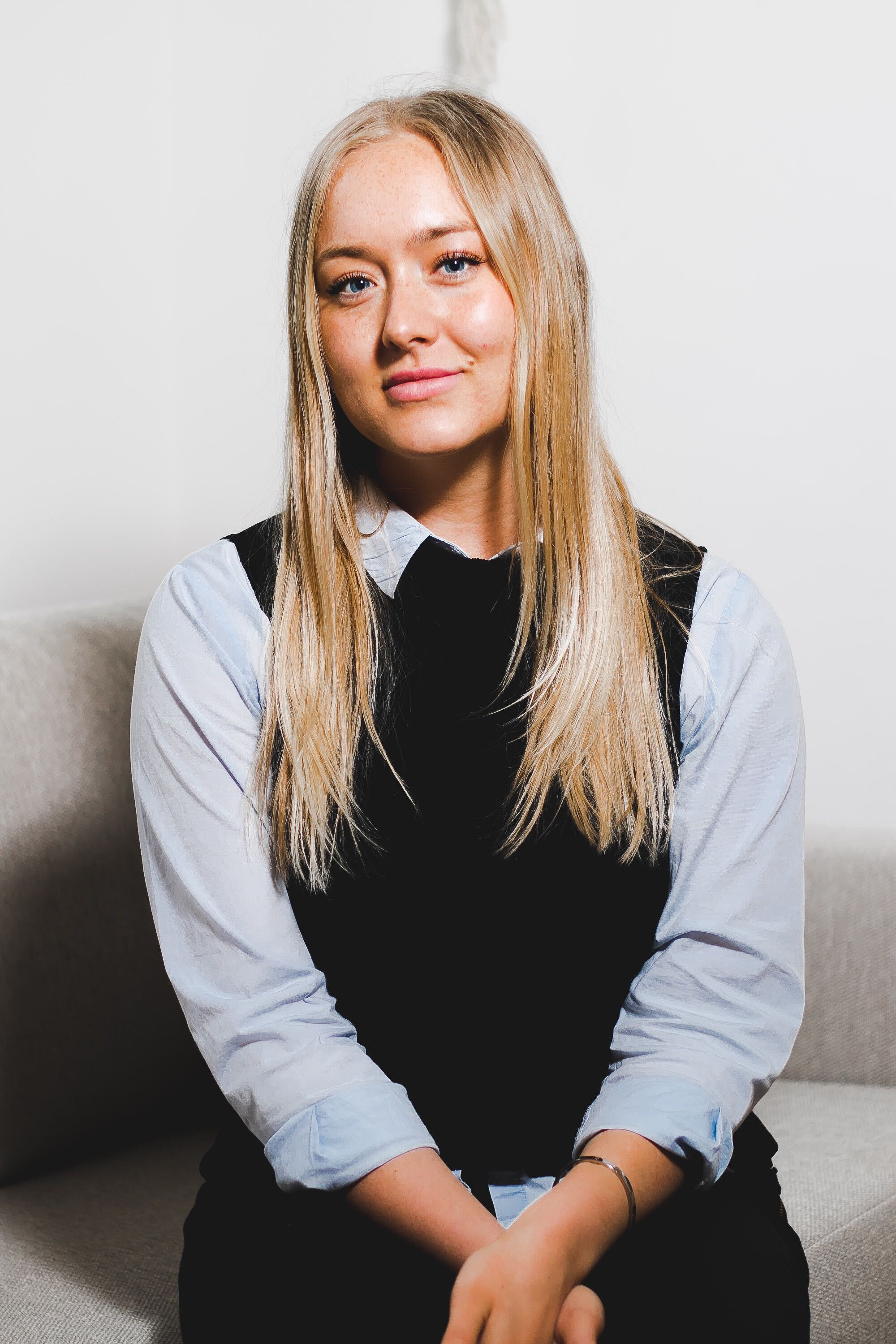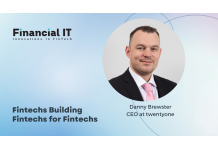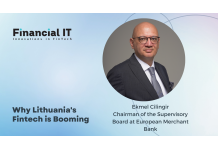The Trials of Developing A Fintech Product

- Rosie McConnell, Head of Product at IFX Payments
- 06.10.2022 11:00 am #fintech
When looking back over the last few years or so there’s been a number of micro and socio-economic factors such as the covid-19 pandemic, Brexit and the incoming Gen-Z talent which have accelerated an already established trend for digital payments and banking experiences, ultimately creating new opportunities for FinTechs to provide seamless and integrated solutions to everyday life.
With consumers’ increasing expectations for cashless solutions, particularly among the first truly digital Gen-Z cohort, the global financial services market is showing no signs of stopping and is projected to reach $26.5trillion by 2022.
And with innovation and competition in the sector fiercer and more complex than ever before, the development of products that appeal to the desired audiences and target market is the key to a successful product launch and survival in the ever-competitive and disruptive FinTech industry.
The Challenges and Lessons in Prioritisation
In this world of continuous change, there is a plethora of challenges associated with product development. In particular, the rapid growth in the FinTech sector, and the switch to paying online because of the pandemic, have accelerated several cyber-risks related to fraud, data privacy and security. And whilst consumers remain naturally wary when it comes to online payments, in practice they have very little understanding of the intricacies, particularities and sophistication of these attacks and how to effectively secure themselves.
This means that ensuring the infrastructure and product development pipeline is not only secure, stable, and scalable, but also flexible and able to quickly respond to updates in financial regulation, which we have seen can only be temporary, is essential to the success of a FinTech company and its product.
In fact, maintaining agility and responsiveness to market conditions and consumer behaviours is precisely what makes FinTechs such a threat to the banking industry. Their agility in comparison to rigid traditional banking structures is a key challenge for all professionals working within the product development space.
Multiple external factors impacting prioritisation decisions, coupled with the challenge of operating in a fast-growth innovative industry where new partnerships, innovations and regulations seemingly emerge daily, can present difficult trade-offs when delivery and going to market are key indicators for success. There is a balance to strike between prioritising solution and software development that meets the immediate requirements of the client, but also maintains a flexible environment that anticipates their future needs too.
However, by prioritising flexibility and sustainability in FinTech product development, players can ensure they are building products that remain competitive not just for now but for the long-term future. Building a prioritisation process and software development pipeline that supports this process is challenging but essential in an ever more crowded environment where competition for partnerships and client acquisition is high.
Perils of Success
We’ve already seen a widescale change in the way consumers are becoming better educated on their financial matters, and the media continues to narrate the pitfalls of companies that get it wrong. Therefore, there is mounting pressure on the product development teams to ensure that the product and its features are delivered swiftly to the market while maintaining high standards in UX. And this will continue to be a key focus for FinTech.
Championing the customer experience, flexibility, and security in FinTech product development means that seemingly simple changes can quickly snowball into lengthy and complex projects. Companies should look to utilise concepts like Minimum Viable Product (MVP) which focuses on creating a pared-down version of a new product and allows a team to collect the maximum amount of validated learning about customers with the least amount of effort. The team then iterates on this to deliver maximum value to the client, enabling a way to prioritise delivering value and learning quickly, in a complex world of multiple priorities and externalities.
Using these tools also helps players in the industry ingrain a culture of cyclical testing, learning and creative problem-solving. When the challenge is to reflect on the impact and success of a live product regularly and effectively in the market, a cognitively and skill-diverse team is essential to ensure a well-rounded view of what success looks like, how best to tackle problems that come up in production and how to enhance a product offering.
From a more cultural aspect, I found that in my role as the Head of Product at a global payments firm, a dynamic and diverse team is integral to ensuring that you have the right working culture to deliver disruptive and best-in-business products in the Fintech sphere that continues to move with the speed of the light.


























